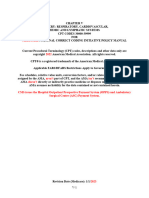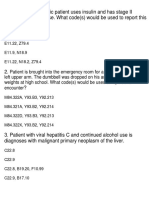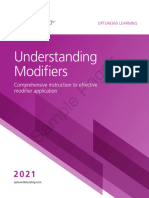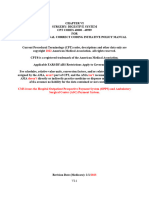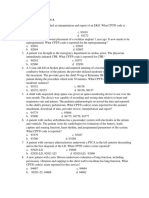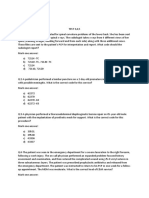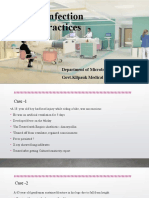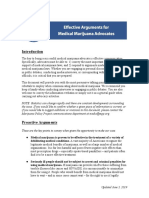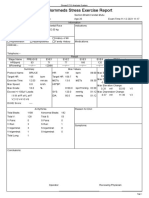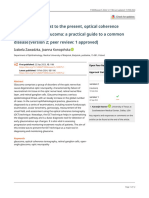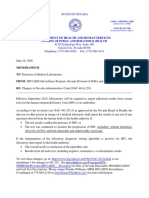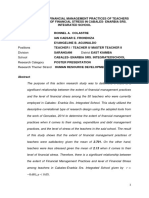0% found this document useful (0 votes)
1K views4 pagesDenial Coding Interview QA
The document outlines key concepts related to medical billing denials, including definitions, common reasons for denials, and strategies for resolution. It describes specific denial codes, such as CO-97 and CO-50, and provides scenarios for handling various denial situations. Additionally, it emphasizes the importance of proper coding, documentation, and proactive measures to minimize claim denials.
Uploaded by
Srithesh SatheeshCopyright
© © All Rights Reserved
We take content rights seriously. If you suspect this is your content, claim it here.
Available Formats
Download as PDF, TXT or read online on Scribd
0% found this document useful (0 votes)
1K views4 pagesDenial Coding Interview QA
The document outlines key concepts related to medical billing denials, including definitions, common reasons for denials, and strategies for resolution. It describes specific denial codes, such as CO-97 and CO-50, and provides scenarios for handling various denial situations. Additionally, it emphasizes the importance of proper coding, documentation, and proactive measures to minimize claim denials.
Uploaded by
Srithesh SatheeshCopyright
© © All Rights Reserved
We take content rights seriously. If you suspect this is your content, claim it here.
Available Formats
Download as PDF, TXT or read online on Scribd
/ 4













